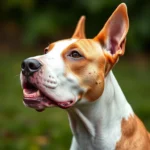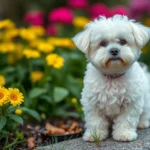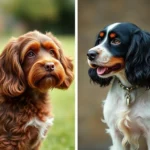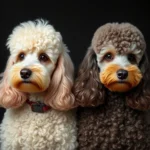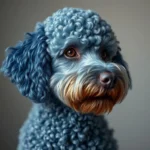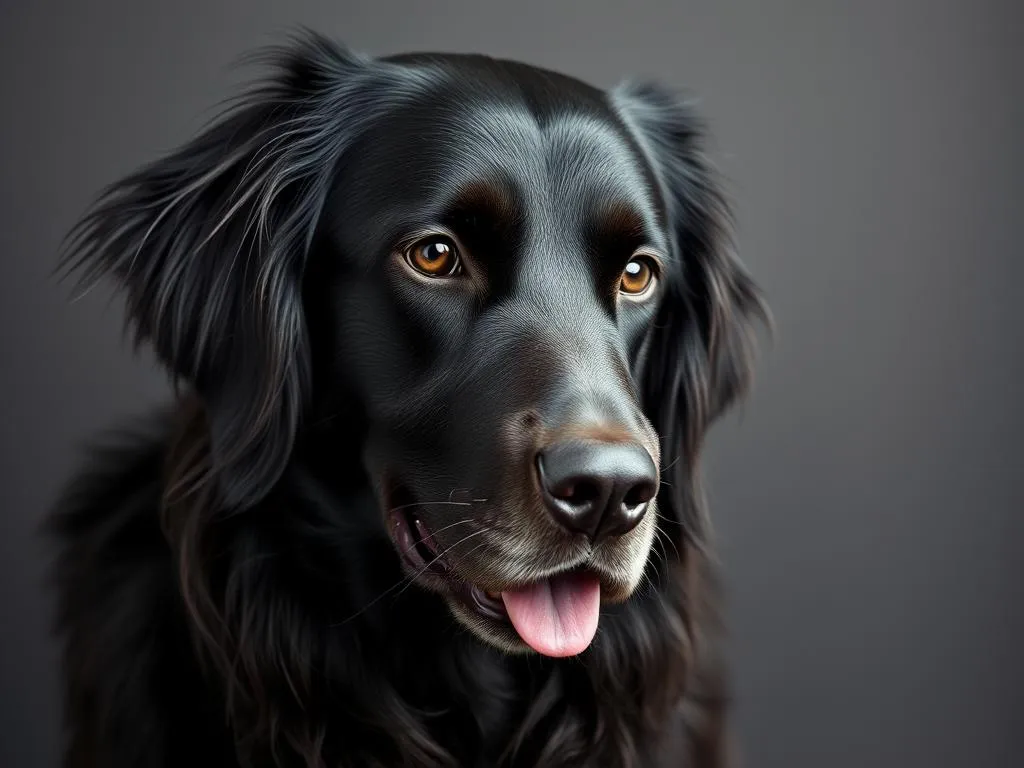
Introduction
Understanding different dog breeds is essential for anyone considering adding a furry friend to their family. With a staggering variety of breeds, each with its own unique characteristics, selecting the right dog can be a delightful yet challenging experience. Among these breeds, the Flat Coated Retriever stands out with its joyous demeanor and striking appearance.
Introduction to Flat Coated Retrievers
Originating from the United Kingdom, the Flat Coated Retriever has captured hearts with its playful nature and sleek, glossy coat. Known for their exuberance and friendliness, these dogs not only make wonderful companions but also excel in various canine sports and activities. Their unique blend of intelligence, energy, and striking looks make them an appealing choice for many dog lovers.
History of Flat Coated Retrievers
Origins and Development
The Flat Coated Retriever has a rich history that dates back to the mid-19th century. Initially bred as a versatile hunting dog, their purpose was to retrieve game from both water and land. The breed is believed to be a cross between the Newfoundland, the Retriever, and various spaniels, which contributed to their remarkable retrieving abilities and friendly temperament.
Over the years, they were developed for their excellent performance in field trials and hunting scenarios, showcasing their agility and enthusiasm. This historical background has laid the foundation for the breed’s traits that we admire today.
Recognition
The Flat Coated Retriever was officially recognized by the American Kennel Club (AKC) in 1915. Since then, their popularity has fluctuated. While they were a favored choice in the early 20th century, other breeds like the Labrador Retriever overshadowed them in recent years. Nevertheless, dedicated owners and breeders continue to promote and celebrate this breed.
Physical Characteristics
Size and Weight
Typically, Flat Coated Retrievers stand between 20 to 24 inches tall at the shoulder and weigh between 55 to 75 pounds. Their size places them in a medium to large category, making them robust yet agile. Compared to other retriever breeds, such as the Labrador Retriever, they are slightly taller but can weigh similarly.
Coat and Color
The defining feature of the Flat Coated Retriever is their beautiful, long, and glossy coat, which is water-repellent and helps them thrive in various weather conditions. The coat can come in various shades, primarily black or liver, with some dogs displaying slight markings. Their feathering on the legs and tail adds to their elegance, making them a striking presence.
Distinctive Features
The Flat Coated Retriever has several unique traits that differentiate them from other breeds. Their expressive eyes, typically dark and almond-shaped, convey a friendly and intelligent demeanor. Their ears are medium-sized and hang close to the head, while their sturdy body structure and tail give them a graceful, athletic appearance.
Temperament and Behavior
General Temperament
Known for their friendly and outgoing nature, Flat Coated Retrievers embody the essence of joyfulness. They are highly sociable and thrive on human interaction, making them excellent family pets. Their playful demeanor, coupled with a strong desire to please, ensures they adapt well to family life.
Social Behavior
Flat Coated Retrievers are known for their exceptional social behavior. They interact well with children, making them a great choice for families. Their gentle nature allows them to get along with other pets, including cats and dogs. However, early socialization and training are essential to ensure they develop into well-rounded adults.
Intelligence and Trainability
With moderate to high intelligence, Flat Coated Retrievers excel in training situations. They respond best to positive reinforcement techniques, such as treats and praise. Consistency is key, and their eagerness to please makes them relatively easy to train. Engaging them in obedience training or canine sports can harness their intelligence and energy effectively.
Health and Lifespan
Common Health Issues
Like all breeds, Flat Coated Retrievers are prone to certain genetic health issues. Common ailments include hip dysplasia, elbow dysplasia, and certain types of cancer. Regular veterinary check-ups and a healthy lifestyle can significantly mitigate these risks. Responsible breeding practices also play a vital role in reducing the prevalence of genetic health issues in the breed.
Lifespan
The average lifespan of a Flat Coated Retriever is between 10 to 12 years. Factors such as genetics, diet, exercise, and overall care influence their longevity. Ensuring they maintain a healthy weight and receive regular veterinary care can contribute to a longer and healthier life.
Care and Maintenance
Dietary Needs
A well-balanced diet is crucial for the overall health of your Flat Coated Retriever. High-quality dog food that meets their nutritional needs is essential. Typically, a diet rich in proteins, healthy fats, and essential vitamins can support their active lifestyle. Portion control is also important to prevent obesity, a common concern for retrievers.
Grooming Requirements
Grooming a Flat Coated Retriever requires regular attention to maintain their beautiful coat. Ideally, they should be brushed at least once a week to prevent matting and reduce shedding. Bathing can be done every few months or as needed, depending on their activity level. Using the right grooming tools, such as slicker brushes and de-shedding tools, can make the grooming process more manageable.
Exercise and Activity Levels
Flat Coated Retrievers are energetic dogs that require significant daily exercise. A minimum of 60 minutes of physical activity is recommended, which can include walks, runs, or playtime in a secure area. Engaging them in activities like fetch or agility training not only keeps them physically fit but also mentally stimulated.
Living with a Flat Coated Retriever
Ideal Living Conditions
While Flat Coated Retrievers can adapt to various living conditions, they thrive best in environments where they have ample space to roam and play. A home with a fenced yard is ideal, but they can also live in apartments if provided with sufficient exercise and mental stimulation. Their friendly demeanor makes them great companions for families, singles, and seniors alike.
Training and Socialization
Early training and socialization are crucial for Flat Coated Retrievers. Exposing them to different people, environments, and experiences during their formative months helps them grow into well-adjusted adults. Methods such as puppy classes and group training can be beneficial. Positive reinforcement techniques, along with consistency, will yield the best results.
Family Integration
Integrating a Flat Coated Retriever into family life is typically seamless due to their friendly and adaptable nature. To introduce them to existing pets, gradual introductions are key. Allowing for supervised interactions can help reduce any territorial behavior and ensure a harmonious relationship among all family members.
Conclusion
In summary, the Flat Coated Retriever is a breed that combines beauty, intelligence, and a joyful temperament. Their history as versatile hunting dogs has shaped them into excellent companions for families and individuals alike. With their friendly demeanor and adaptability, they make wonderful additions to any household.
If you’re considering a new canine companion, the Flat Coated Retriever may be the perfect fit for you. Their loving nature, combined with their energetic spirit, makes them a breed worth exploring further.
